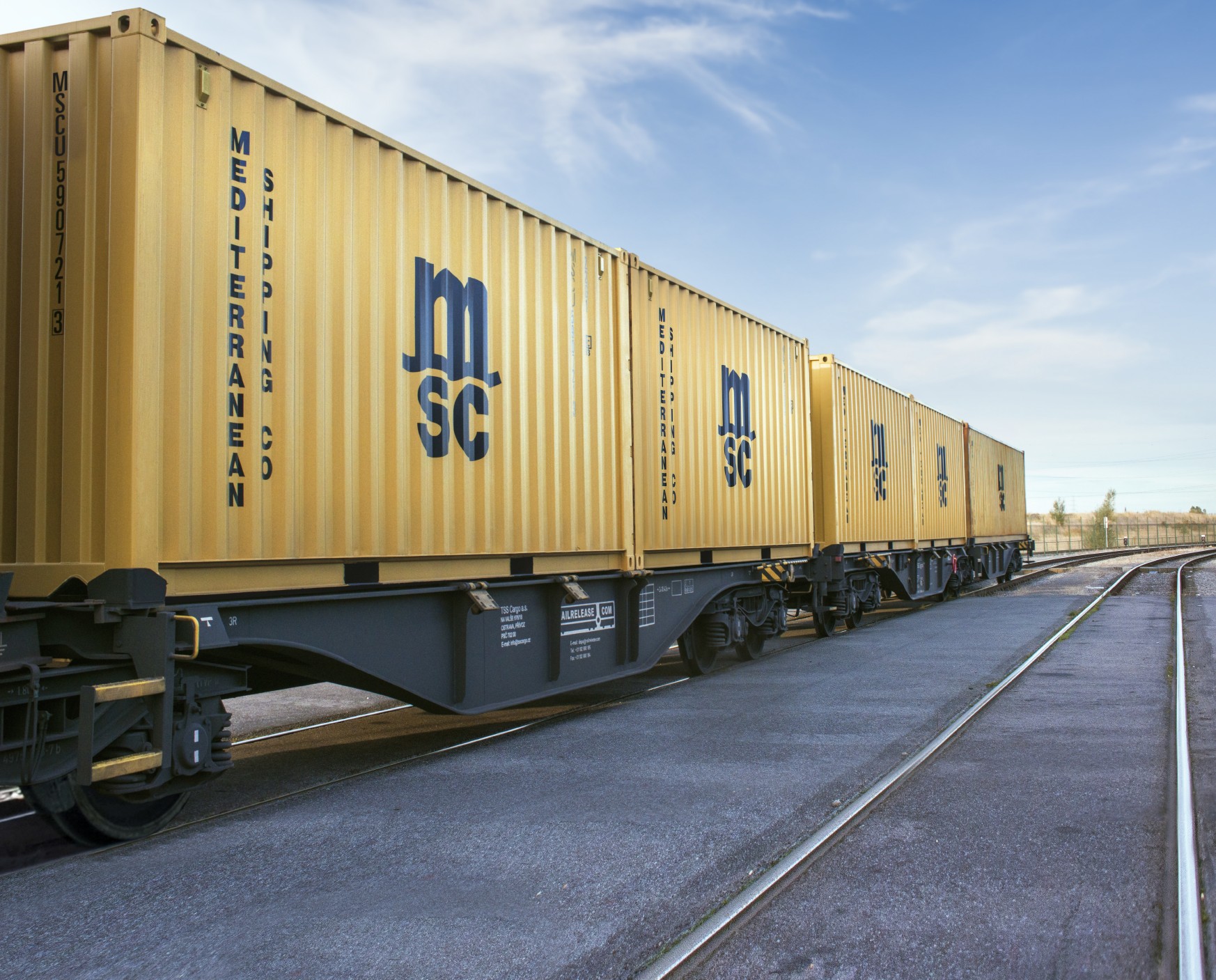Digital freight forwarding platform Shypple has formed a partnership with Value Maritime as a part of its sustainability mission: a clean future for the shipping industry. The initiative with Value Maritime supports Shypple’s clients in reducing their ecological footprint with a Filtree and Carbon Capture system. These services are available to Shypple users by September 2022.
There are 60,000 power-driven vessels around the world right now. It’s impossible to change all of these to battery power overnight. Together with Value Maritime, Shypple offers an immediate option for cleaner shipping with the ambition to have a Filtree and Carbon Capture system installed on hundreds of vessels by 2025.
Value Maritime’s Filtree System filters sulfur, fine dust, and CO₂ from the exhaust gasses of vessels. The CO₂ is stored on the vessels in CO₂ batteries. These batteries are discharged at ports afterwards to be transported to the greenhouses that re-use the CO₂, to grow their crops, which is particularly relevant to Shypple’s perishable customers.
“The industry needs solutions now, not in the future. That is what we can provide at Value Maritime today, retrofitting vessels to be greener and much more sustainable. Our solution is available for installation on most ship types immediately. It’s great to see a growing interest in sustainable solutions as carriers increase their efforts to contribute to a better environment,” says Maarten Lodewijks, Director and Co-founder of Value Maritime.
The shipping industry emits around 940 million tonnes of CO₂ every year. About 80% of the world’s trade comes by sea. As an innovative digital freight platform, Shypple takes the lead to reduce the footprint of the sector and make a positive impact. Additional solutions and insights help the platform’s clients to simplify their logistics and reduce their environmental pollution.
Shypple believes it is important to improve the accessibility of cleaner shipping options. Shypple already provides users with accurate CO₂ numbers for every shipment and encourages their clients to join a reforestation programme to offset carbon emissions, or ship their goods with biofuel.
“We’re happy to announce this partnership as part of our commitment to a more equitable shipping industry,” says Jarell Habets, CEO and founder of Shypple. “We cannot ignore the social and environmental impact of global transportation. At Shypple, we stimulate our customers to reduce their ecological footprint, and thanks to this initiative with Value Maritime we tackle the problem right at the core. We share their ambition as a young, innovative, and sustainable-minded organisation that wants to innovate the industry with positive impact.”
The digital platform provides more transparency and green solutions to its users. Whether it is digital sustainability insights or additional instalments that make cargo journeys more environmentally friendly.
CLICK HERE to watch the video.











